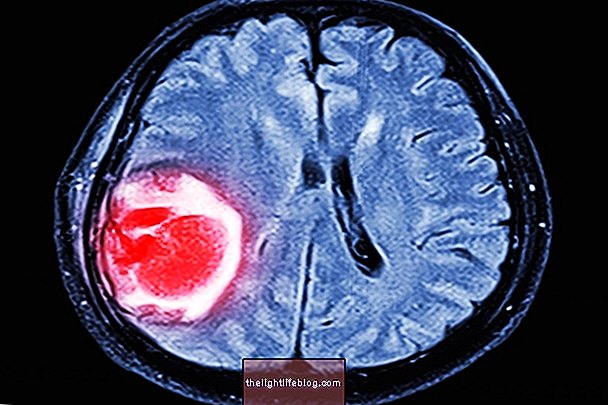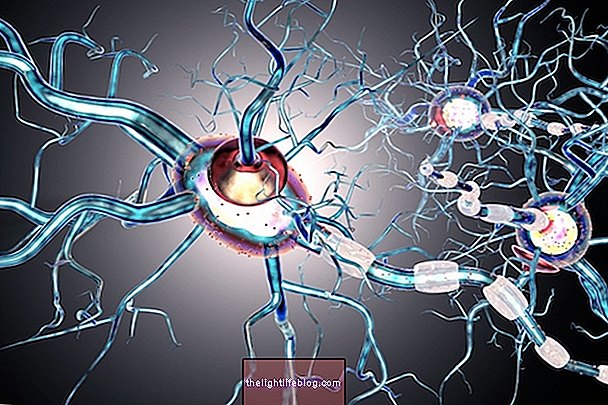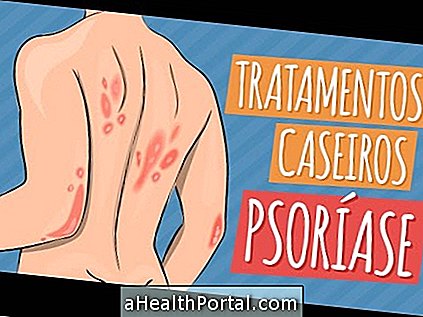Multiple sclerosis (MS) is a chronic autoimmune disease in which the immune system acts against the body itself, leading to the degradation of the myelin sheath that lines the neurons and, consequently, compromising the functioning of the nervous system.
MS manifests itself in outbreaks; it may be a recurrent or progressive evolution, and its main symptoms are muscle weakness, depression, fatigue, and urinary or fecal incontinence due to loss of movement control.
In multiple sclerosis the layers of myelin that cover and isolate the nerve fibers are destroyed, damaging the transmission of messages that control the conscious and unconscious movements of the organism such as talking, walking, or even breathing and that, in the long run, leads to disability.

Types of Multiple Sclerosis
Multiple sclerosis can be classified into 3 types according to the manifestation of the disease:
- Multiple Sclerosis Outbreak-Remission : It is more common form of the disease, being more frequent in people under 40 years of age. This type of multiple sclerosis occurs in outbreaks, in which the symptoms appear suddenly and then disappear. Outbreaks occur at intervals of months or years and last for less than 24 hours;
- Primary progressive multiple sclerosis : In this type of multiple sclerosis, the symptoms progress slowly and progressively without any outbreaks. Properly progressive multiple sclerosis is more common in people over 40 and is considered the most severe form of the disease;
- Secondary progressive multiple sclerosis : It is a consequence of multiple sclerosis outbreak-remission, in which there is accumulation of symptoms occurring over time, being difficult the recovery of the movements and leading to the progressive increase of the incapacities.
Symptoms of Multiple Sclerosis
The symptoms of multiple sclerosis may appear suddenly or seem so common that the person does not even notice. If you think you may have the disease, select what you are feeling to know what your risk is:
- 1. Lack of strength in the arms or difficulty walking Yes No
- 2. Recurrent tingling in arms or legs Yes No
- 3. Difficulty coordinating movements Yes No
- 4. Difficulty in holding urine or stool Yes No
- 5. Loss of memory or difficulty concentrating Yes No
- 6. Difficulty seeing or blurry vision Yes No

These symptoms may be aggravated when you are exposed to heat or if you have a fever, which may reduce spontaneously when the temperature returns to normal.
How to identify
The diagnosis of multiple sclerosis is made by a neurologist based on the symptoms presented by the person. In addition, the doctor may order imaging tests to confirm the diagnosis, such as magnetic resonance imaging, for example, where myelin sheath degradation can be verified. Learn what magnetic resonance imaging works for and how it is made.
How is the treatment done?
The treatment of multiple sclerosis is done through medications and physiotherapy sessions. The medications should be indicated by the doctor and aim to prevent the progression of the disease, reduce the time and intensity of the attacks and control the symptoms, and may be indicated by the neurologist Interferon, Glatiramer Acetate, immunoglobulins, corticosteroids and analgesics.
Physical therapy is important for the person with MS because it allows the muscles to be activated, preventing atrophy. Physiotherapy for multiple sclerosis consists of performing stretching exercises and muscle strengthening. Also, when the person is in crisis, it is important to stay at rest. Learn more about treatment for multiple sclerosis.
Watch the following video and see the exercises you can do to feel better:

Is Multiple Sclerosis Cure?
Multiple sclerosis has no cure and its treatment must be performed for a lifetime.
The prognosis of multiple sclerosis is that the person eventually develops progressive neurological disability and that about 25 years after the diagnosis of the disease, 80% of these patients become totally dependent on others to perform their tasks. However, medicine has made great strides in this area, with many cases of people diagnosed with the disease for more than 20 years and who do not have any type of dependency.























